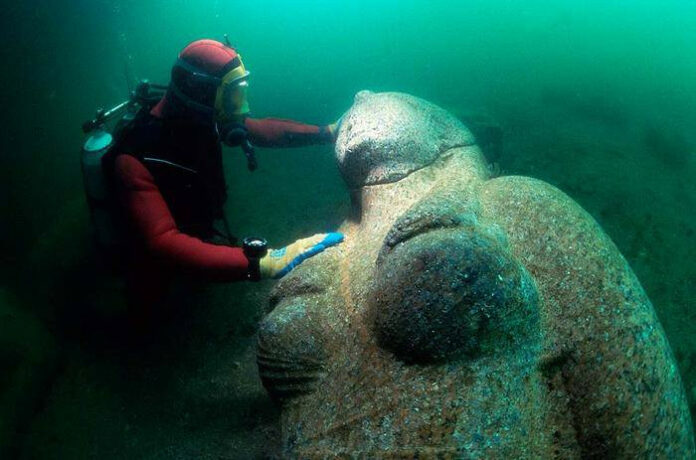In the depths of the Mediterranean Sea, near modern-day Alexandria, a significant discovery occurred in 2001. French underwater archaeologist Dr. Franck Goddio and his team unearthed the submerged remnants of Thonis-Heracleion, an ancient Egyptian port city lost to the sea for over a millennium.
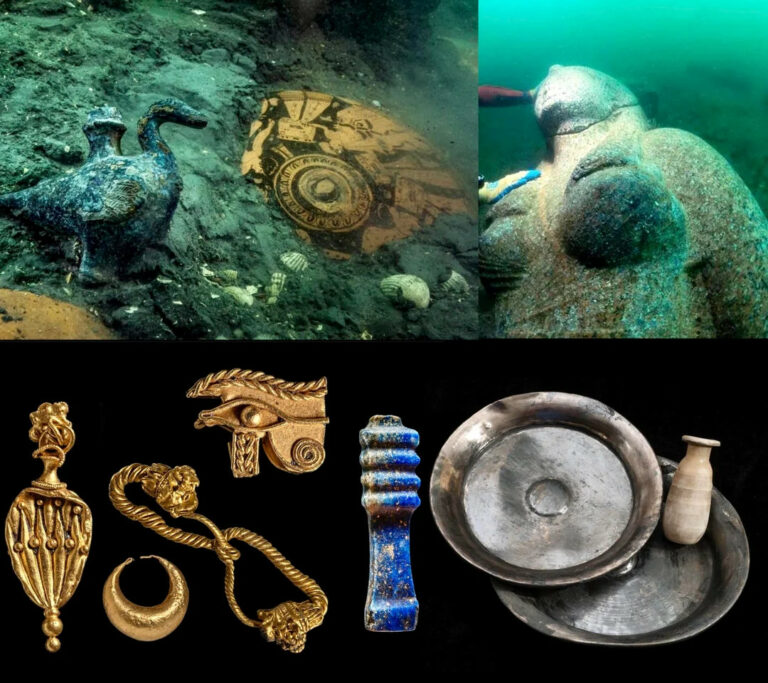
A City of Dual Names and Cultures
Thonis-Heracleion held a unique historical position, with dual names highlighting its importance to both Egyptian and Greek civilizations. The Egyptians named it “Thonis,” while the Greeks called it “Heracleion,” in honor of the legendary hero Heracles (Hercules), who was believed to have visited the city.
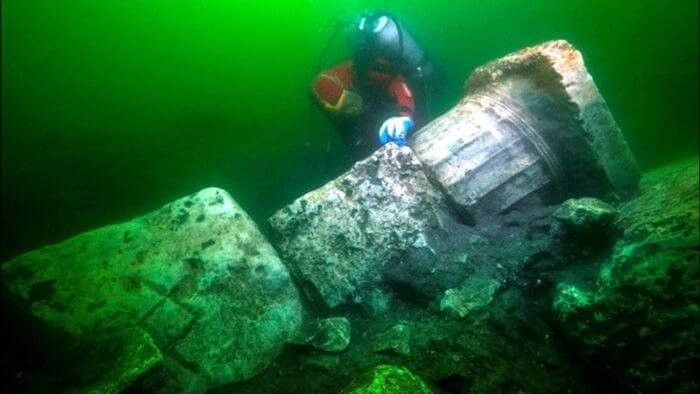
A Trading Hub of the Ancient World
A Bustling Port and Religious Center
In its prime around the 1st millennium BC, Thonis-Heracleion was a crucial commercial hub for the Mediterranean and Nile Delta regions. It was a vibrant port city, fostering trade and cultural exchanges between Egypt and other civilizations.
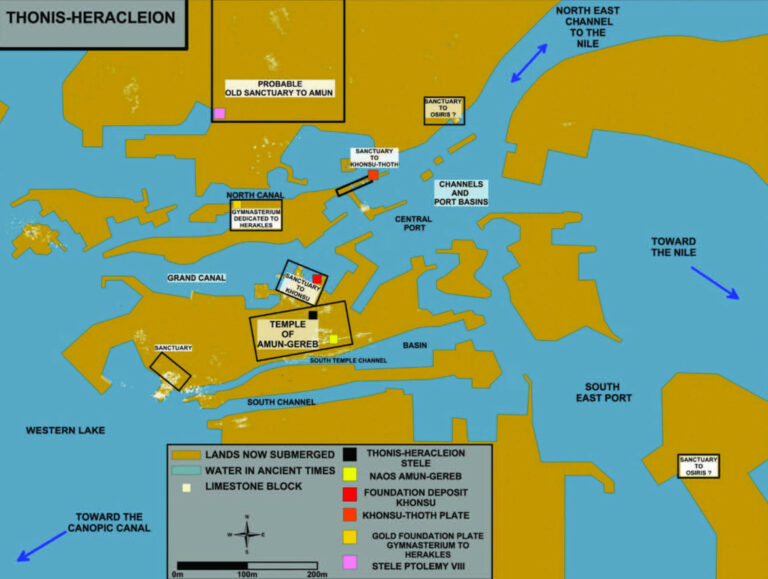
The city also served as a religious center, featuring a grand temple dedicated to the Egyptian god Amun. Annual ceremonies involved transporting statues of gods by boat from the Nile to this sacred site.
Treasures from the Deep
Unearthing Ancient Artifacts
As archaeologists explored the submerged ruins, they uncovered a wealth of priceless artifacts. These included massive statues of Egyptian deities, inscribed steles (stone or wooden slabs), gold coins, and remnants of grand temples, all revealing the city’s rich history and cultural heritage.
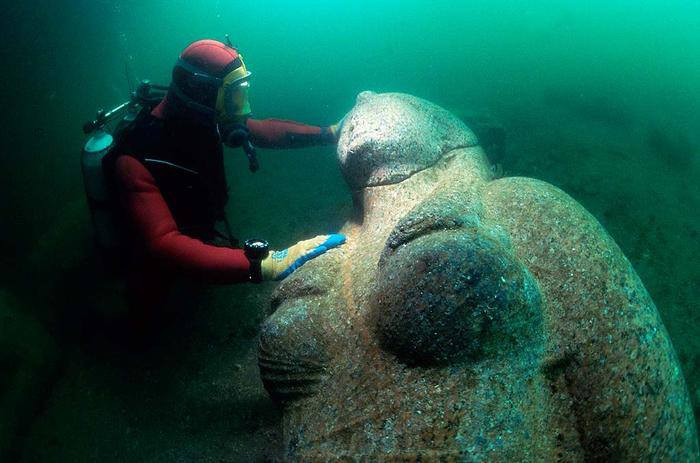
Evidence of Cross-Cultural Interactions
One fascinating discovery was a sanctuary dedicated to the Greek goddess Aphrodite, suggesting that Greeks were allowed to settle, live, and practice their religion in the city. This finding underscored the extensive trade and cultural interactions between Egypt and Greece during that era.
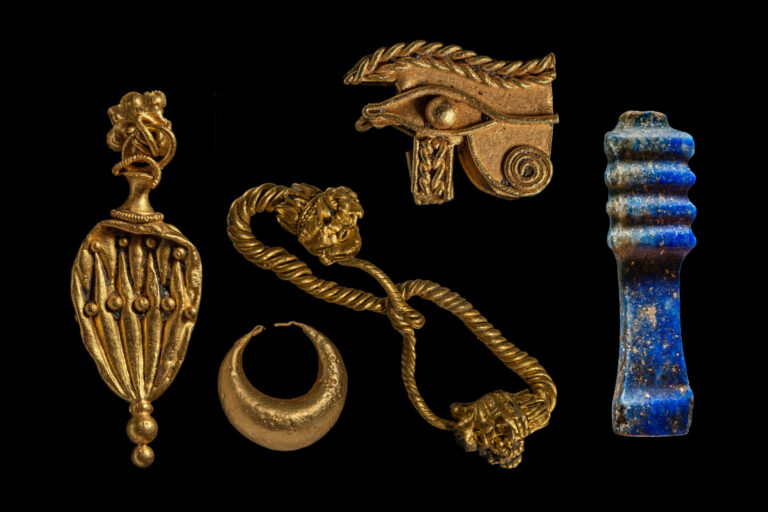
The Fate of a Sunken City
Theories of Descent
The exact reasons for Thonis-Heracleion’s submersion remain a subject of ongoing research, but several theories have been proposed. Natural disasters like earthquakes or tsunamis could have liquefied the clay and silt foundation of the city, leading to its collapse and sinking. Alternatively, the weight of large structures, combined with rising sea levels and waterlogged clays, might have caused a gradual subsidence over time.
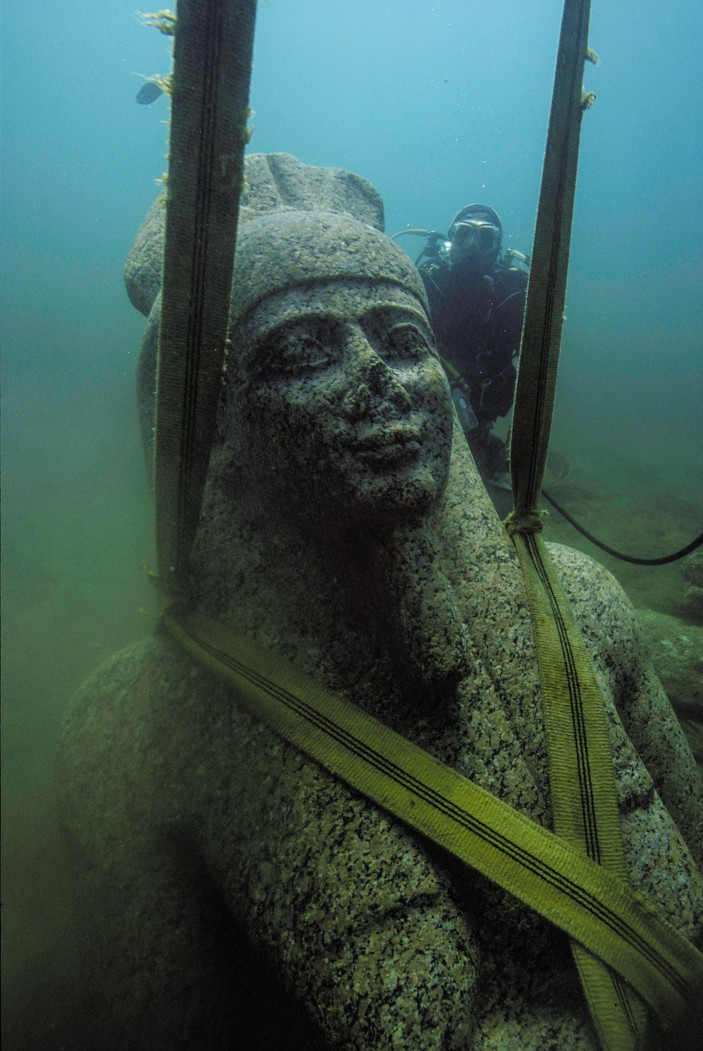
A Time Capsule from Antiquity
Unveiling Ancient Secrets
With each artifact recovered and section of the city mapped, Thonis-Heracleion continues to offer invaluable insights into the political, religious, and social lives of the ancient Mediterranean world. Its submerged ruins act as a time capsule, providing a rare, untouched glimpse into an era when cultures converged along bustling maritime trade routes.
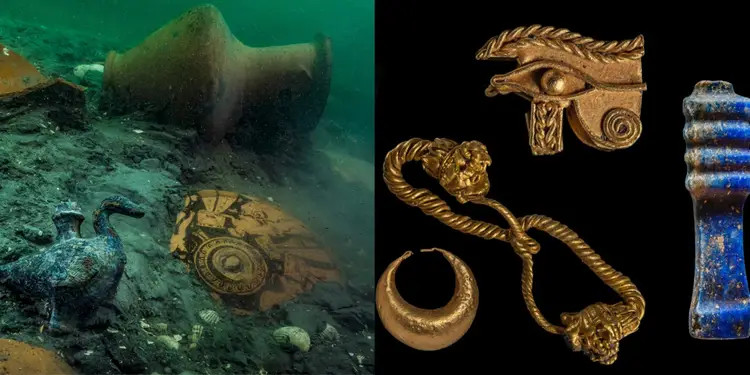
The rediscovery of this sunken marvel serves as a testament to the ever-changing landscapes and the impermanence of even the grandest human cities. It also reminds us of the rich cross-cultural interactions that have shaped our shared history and the enduring human spirit that transcends time and the depths of the sea.



